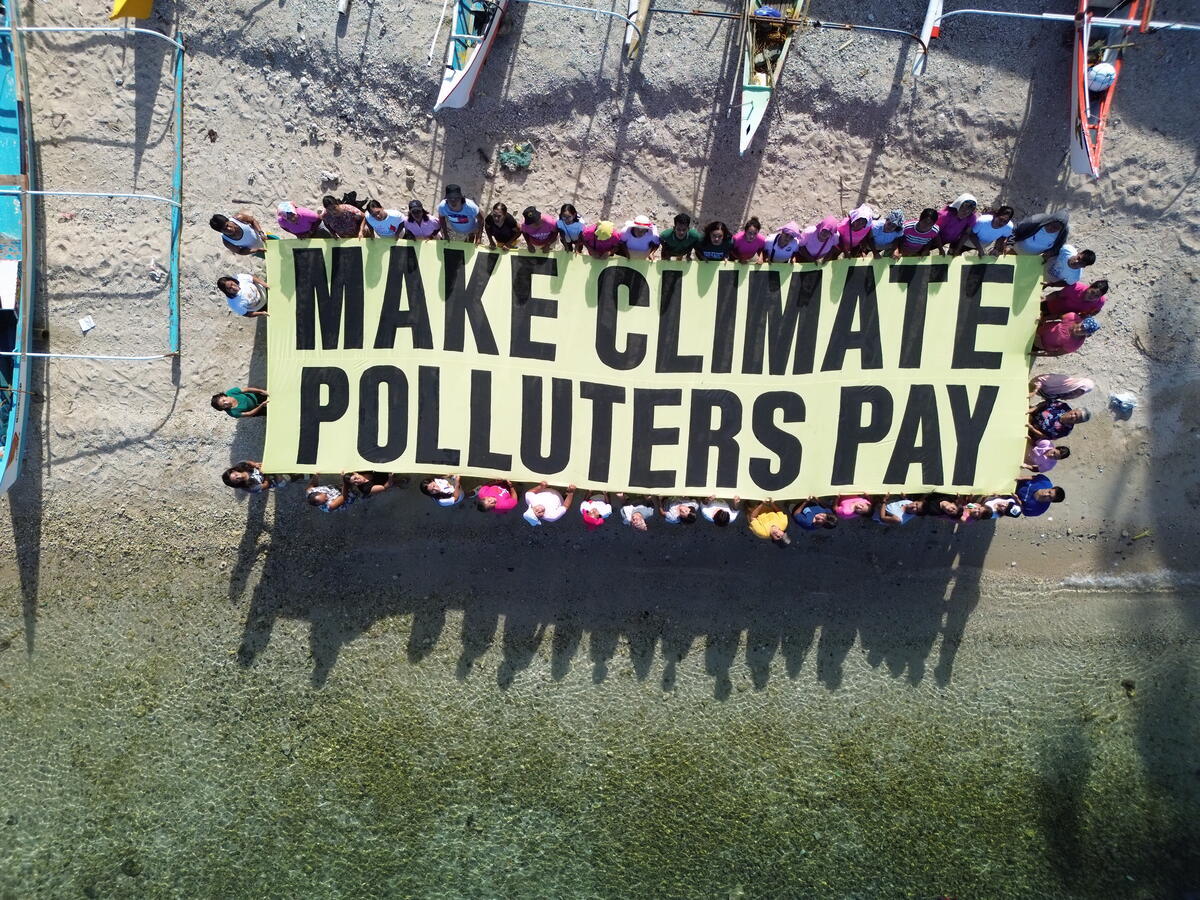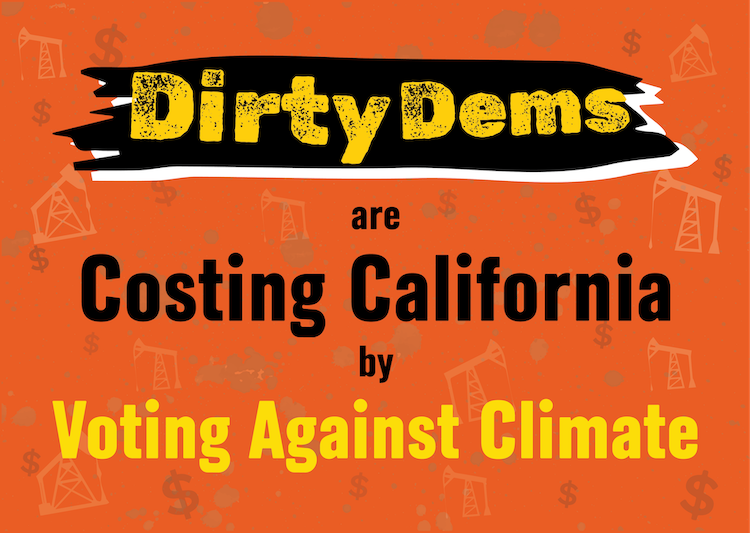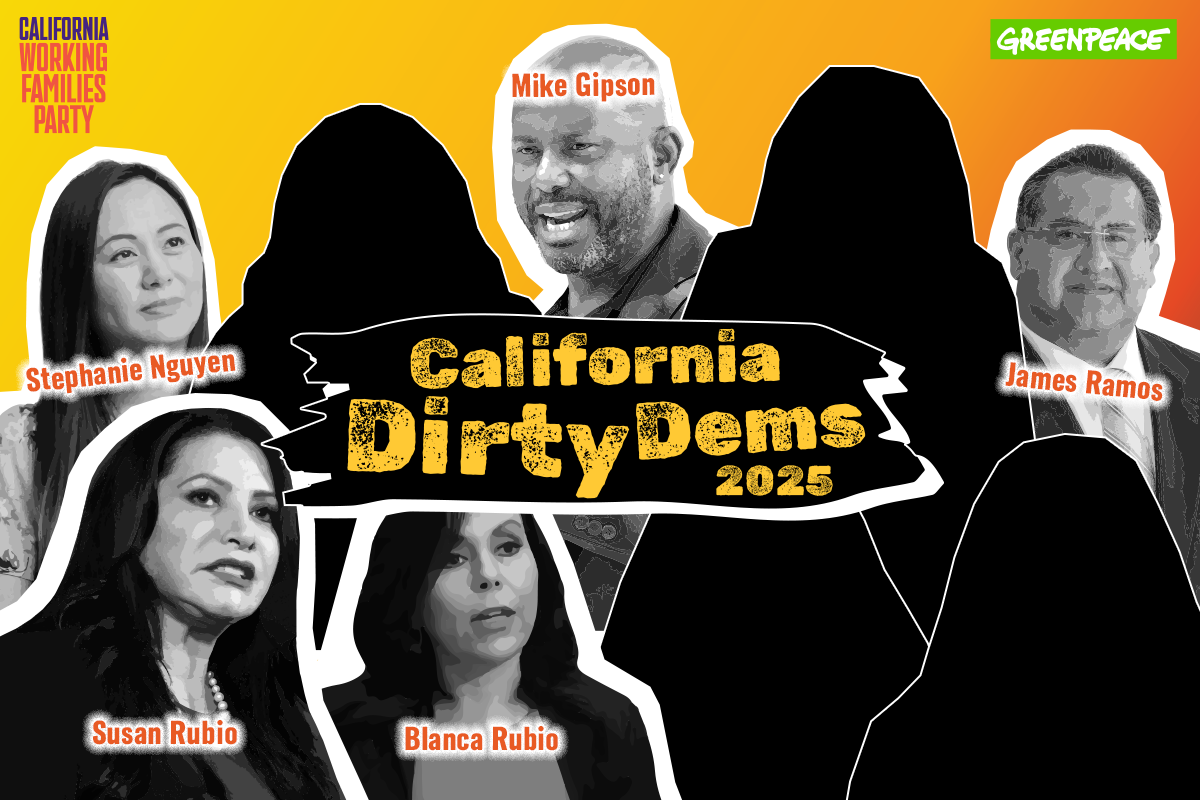The Greenpeace ship the Arctic Sunrise visited oil platforms off the coast of Southern California. Together with Earthworks and the Center for Biological Diversity we were able to document flaring and emissions from several offshore platforms.
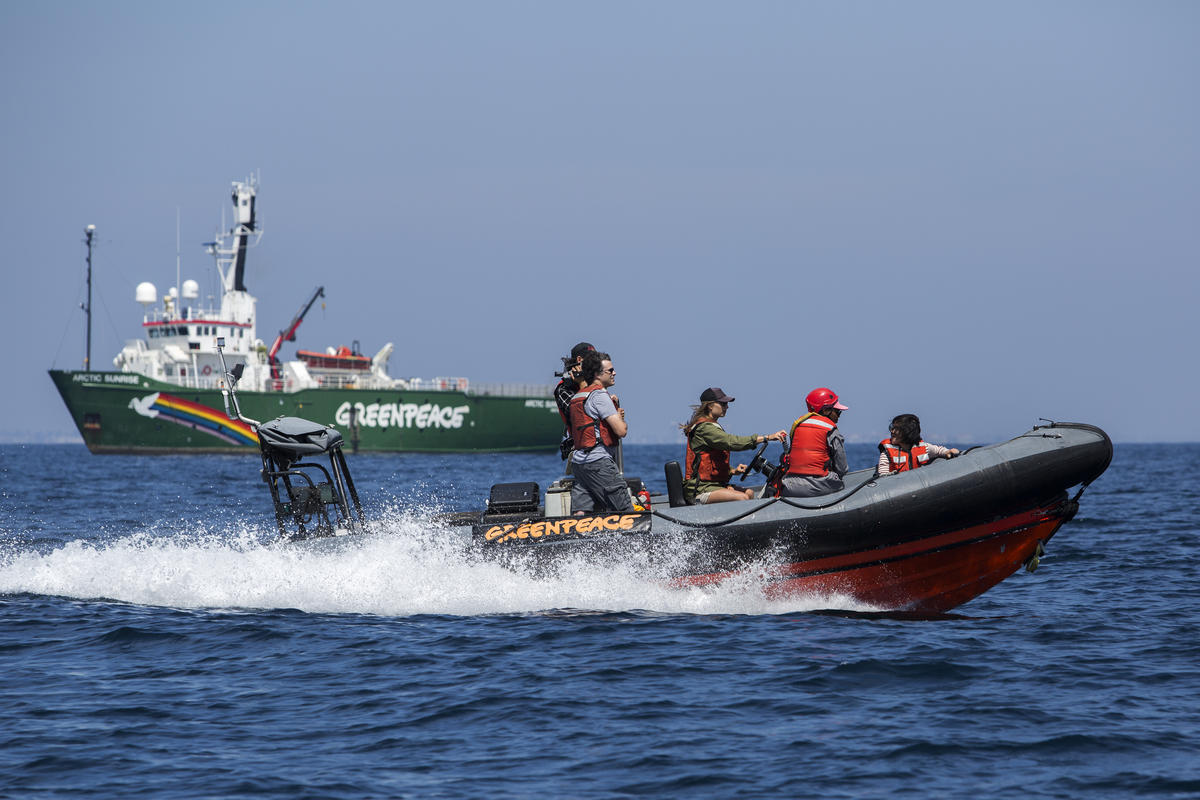
Last week, the Greenpeace ship the Arctic Sunrise visited oil platforms off the coast of Southern California. We teamed up with Earthworks and the Center for Biological Diversity (CBD) to document these platforms using an optical gas imaging (OGI) camera. Using this technology, Earthworks was able to detect flaring and emissions from several offshore platforms — making visible the normally invisible gases that can harm human health and our climate.
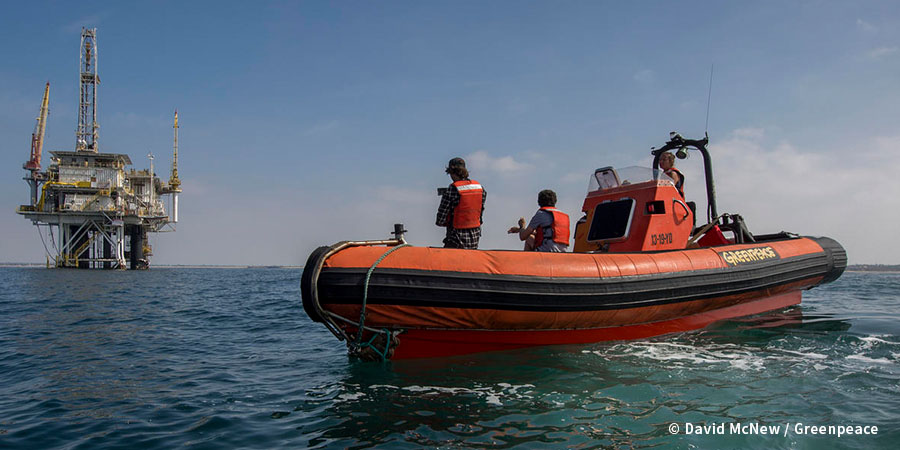
Oil and gas infrastructure has long been known to emit harmful volatile gases, such as benzene, that can impact the health of nearby communities. Additionally, emissions of methane — a greenhouse gas that is 84 to 87 times more potent than carbon dioxide — have been shown to be a significant driver of climate change. Both are powerful reasons why we need to halt new oil and gas extraction and ramp down existing projects. Naturally, Donald Trump wants to expand risky, unnecessary oil drilling to all of America’s coasts as part of his push to prop up fossil fuels any way he can. But we also join with hundreds of other organizations to call on California Governor Jerry Brown to secure his climate legacy by taking action to phase out fossil fuel extraction. Relics of the Oil Age California’s offshore drilling began in the 1950s and 60s but was halted after a catastrophic 1969 oil spill dumped 3 million gallons of crude oil into the ocean near Santa Barbara. The public outcry following the spill helped spur the modern environmental movement, and the state of California has since prohibited any further drilling in state waters, which extend three miles from shore.

New drilling in federal waters (greater than 3 miles from shore) was also prohibited from 1982 to 2008, but more recently, Trump has threatened to reopen California’s waters to oil drilling. Trump has even considered shrinking the size of the National Marine Sanctuaries along California’s coast to make it easier to find the oil that lies beneath their astounding natural biodiversity. The existing offshore oil platforms and leases have continued to produce oil and natural gas in the decades since the spill, but no new projects have been approved. California is currently home to 23 offshore oil platforms in federal waters as well as 4 oil platforms and 5 artificial islands located in state waters — although a few of these sites are not currently producing or are in the process of being shut down. More importantly, oil production is risky and these platforms are old. Many of the ones we saw were rusty and clearly showing their age. In 2015, Santa Barbara was hit again when a pipeline carrying offshore crude ruptured and spilled 100,000 gallons down a culvert and into the ocean, creating a nine-mile long oil slick and closing Refugio state beach.
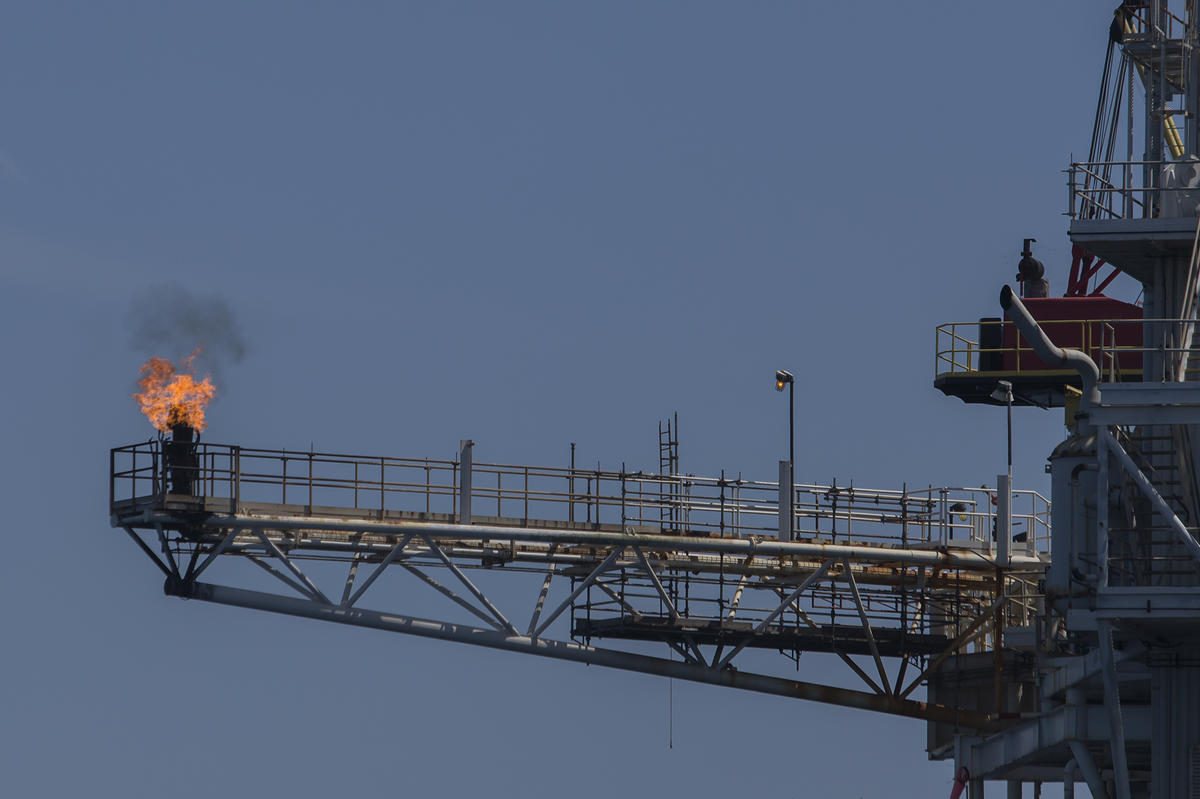
Among the Platforms While the Arctic Sunrise was in Long Beach last weekend, we were able to visit and take OGI video of a number of nearby oil sites. These include the THUMS islands located right in Long Beach harbor. These odd-looking artificial islands are covered with palm trees, lights, a perimeter of bushes, and 1960s-style architecture that makes oil derricks look from a distance like fancy resort hotels. An investigation by CBD uncovered over 100 violations from the THUMS islands since 2015, including numerous missing and failed “mechanical integrity tests.”
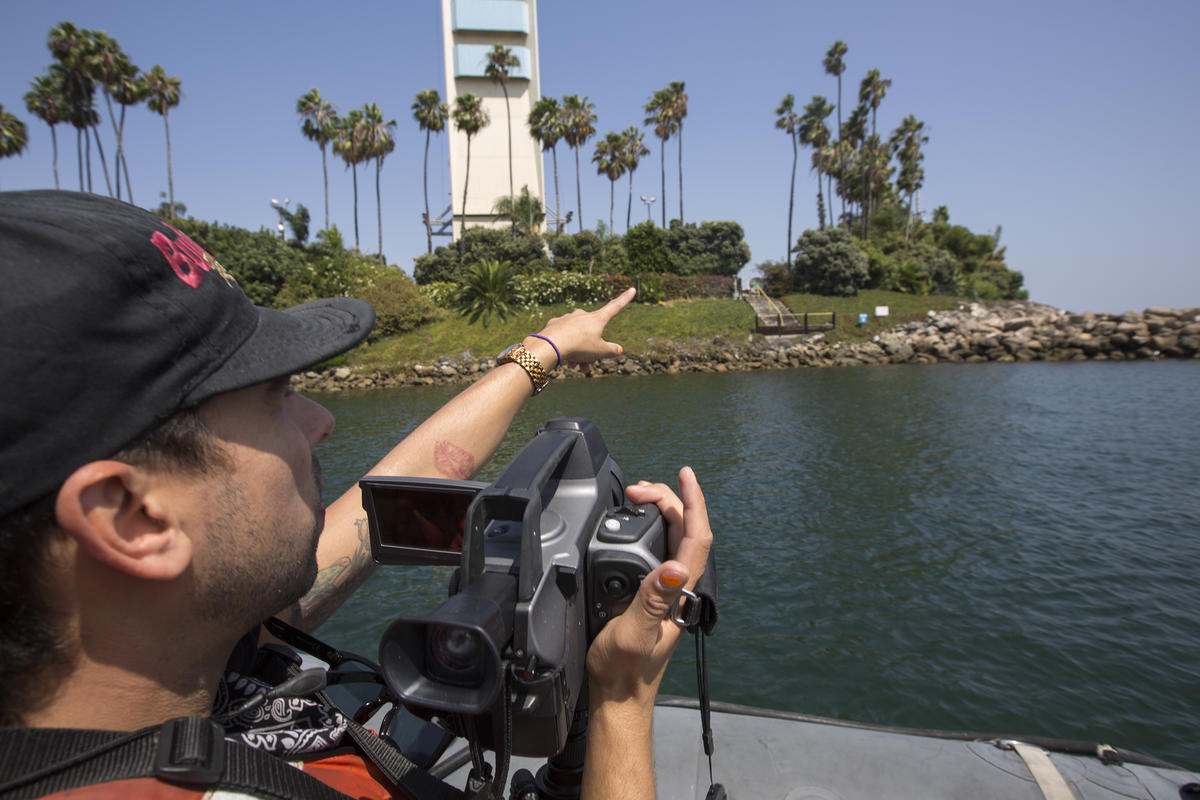
The next morning we visited two oil platforms in state waters (Eva and Emmy), and a bit further out from shore, a cluster of four federal platforms (Edith, Ellen, Elly, and Eureka). (Someone was obviously a big fan of alphabetical naming conventions.) State regulators had previously found that Eva’s wellheads showed “moderate to significant corrosion.” The crew of the Arctic Sunrise helped us get close enough to these platforms in the ship’s rigid-hulled inflatable boats (RHIBs), so that we could make OGI observations. Among the federal platforms, we started to see evidence of flaring and emissions.
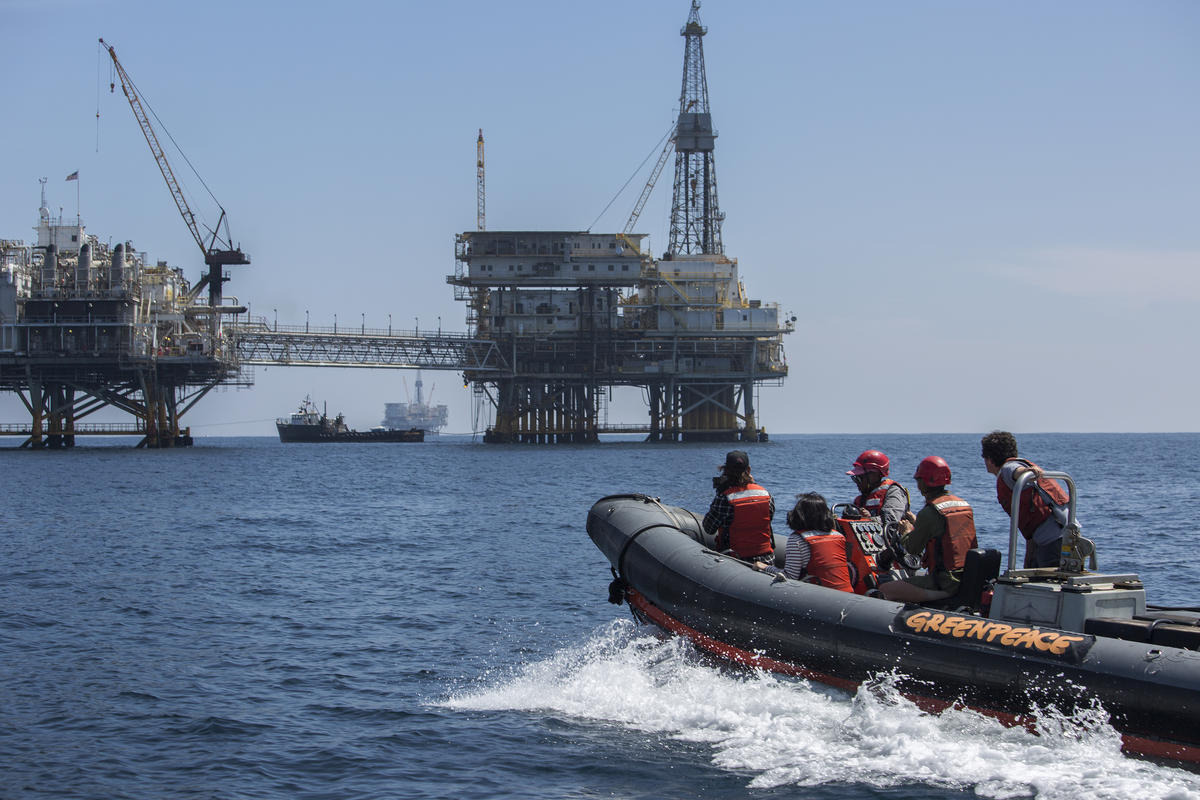
That afternoon, the Arctic Sunrise departed the Long Beach area and headed north into the Santa Barbara channel. Before sunrise, we visited platform Gilda, off Ventura, CA. Gilda was one of the platforms that was found in 2013 to have conducted hydraulic fracturing (“fracking”) operations that discharged fracking fluids into the ocean without conducting an environmental review.
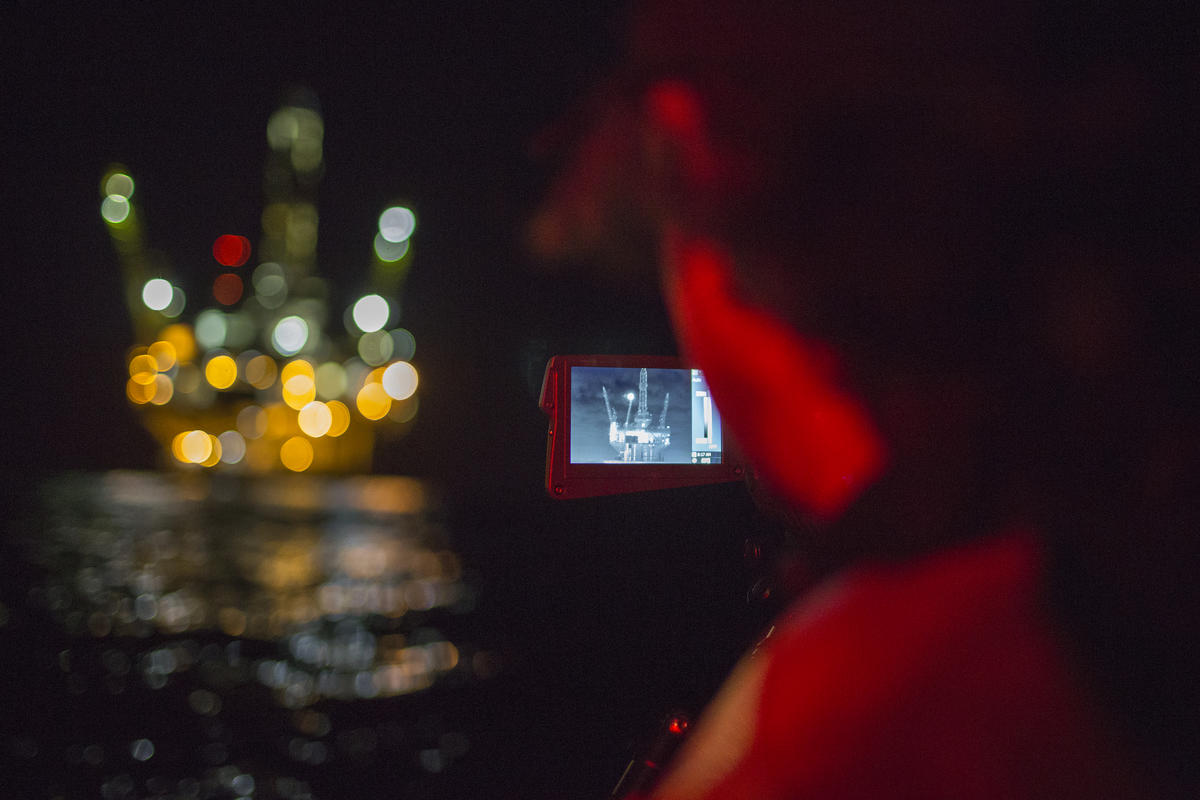
Finally, the Arctic Sunrise arrived at a cluster of seven offshore platforms off the coast of Santa Barbara. These platforms — named A, B, C, Hillhouse, Henry, Houchin, and Hogan — were lined up like dominoes parallel to the coast. One of these rigs, called Platform A, was the site of the 1969 spill; it is still in operation today.
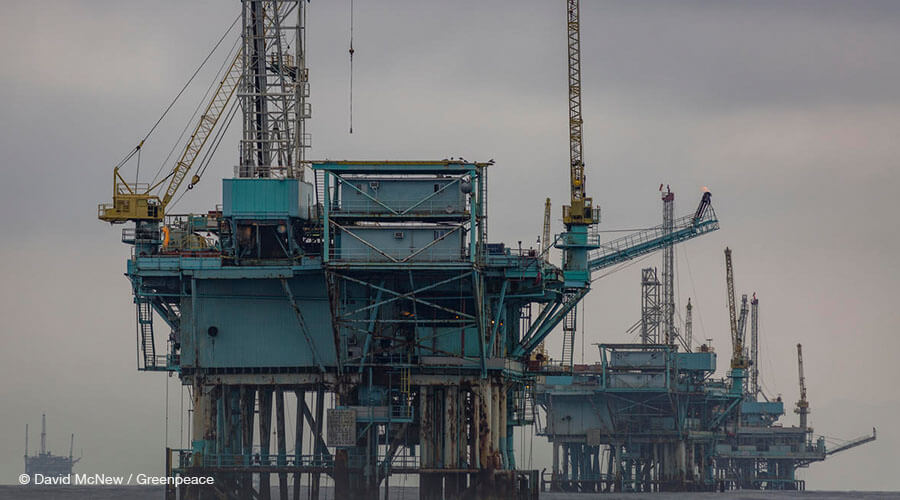
This video from Earthworks shows some of the flaring and emissions sources we documented during the voyage. As the video shows, Gilda’s flare was seen to be releasing pollutants. We also saw evidence that flaring from these platforms is common. Flaring of natural gas from federal offshore platforms is prohibited unless the operator receives an exemption.
This video from Earthworks shows some of the flaring and emissions sources we documented during the voyage. As the video shows, Gilda’s flare was seen to be releasing pollutants. We also saw evidence that flaring from these platforms is common. Flaring of natural gas from federal offshore platforms is prohibited unless the operator receives an exemption.
Since the 2015 Refugio Beach spill, the three offshore platforms that supplied the faulty pipeline have been inactive. But now their owner, ExxonMobil, is asking for permission to re-activate those platforms and start trucking offshore oil along Santa Barbara’s coastal highways. The history of catastrophic spills and chronic violations from offshore oil in Southern California shows that oil drilling is not only inherently risky, but the best climate science illustrates that it is well past time for us to ramp down fossil fuel extraction and transition our economy to clean energy. As global climate leaders gather in San Francisco next week for the Global Climate Action Summit, we call on Gov. Brown to show the world what true climate leadership means and leave fossil fuels in the ground.

